Overview
Publications
Recruitment
Intranet
CIFRI Corners'
An exploratory survey was carried out in the wetlands of Kusheshwar Asthan Bird Sactuary, Darbhanga district, Bihar for generating baseline information on aquatic biodiversity in protected water bodies. Kusheshwar Asthan Chaur area under Kosi-Gandak basin has been highly significant from fisheries and biodiversity point of view and has been notified as a Bird Sanctuary by Govt. of Bihar in 1994 under Wild life Protection Act, 1972. The chaur is rainfed wetland and monsoon run off with flow from a network of rivers like Kamala, Balan, Bagmati and Kareh are the prime source of water for the chaurs. The Kusheshwar Asthan chaurs is highly diverse and, are interspersed with 14 highly populated villages. The protected water body provides numerous ecological services and harbors a rich aquatic diversity. The research team conducted detailed ichthyological survey in four important chaurs-Mahraila chaur (North), Narail chaur (East), Barari chaur (West), and Manoria chaur (South). The ecological services provided by the wetland system were documented including fisheries, agriculture, aesthetic value, bird conservation, fuel and fodder source, edible resources such as macrophyte tubers and seeds, etc. Altogether 61 fish species (5 species Vulnerable, 3 species near threatened and 1 species Clarias magur Endengered categories based on IUCN Red data list), 2 prawn species and 2 crab species were recorded. The major large-sized fishes in the capture landings were Wallago attu, Channa striatus, Mastacembelus armatus, Gibelion catla, Labeo rohita, Cirrhinus mrigala, Systomus sarana etc. Most abundant native species were small sized (viz. Anabas testudineus, Macrognathus spp, Puntius spp, Pethia spp, Chanda nama, Pseudambassis ranga, Salmophasia spp, Amblypharyngodon sp, Rasbora spp, etc) fishes, and many of them have ornamental value. A traditional fishing practice based on the concept of FADs called ‘Jaing’ fishing were prevalent. Increased siltation of chaurs leading to poor water storing ability and increased occurrences of floods, conflicts between various stakeholders like fishing and non-fishing communities, indiscriminate and destructive fishing practices, decreased bird sightings, poor Govt. interventions and lack of community participation in management and inept fisheries co-operativeswere the major issues observed. There is great need for implementing a proper conservation management plan, awareness on the importance of conservation of aquatic resources considering the vast potential of these important wetland resources for livelihood support and conservation of fish as well as birds. The exploration was conducted by Dr. Sajina A. M, Dr. Suman Kumari and Mr. Y. Ali under Protected Area project.
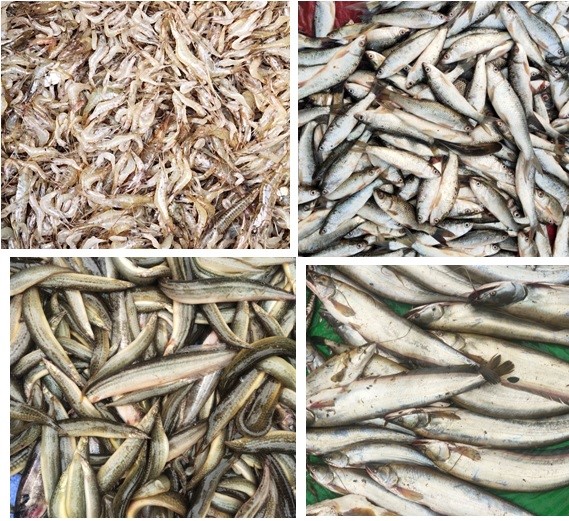
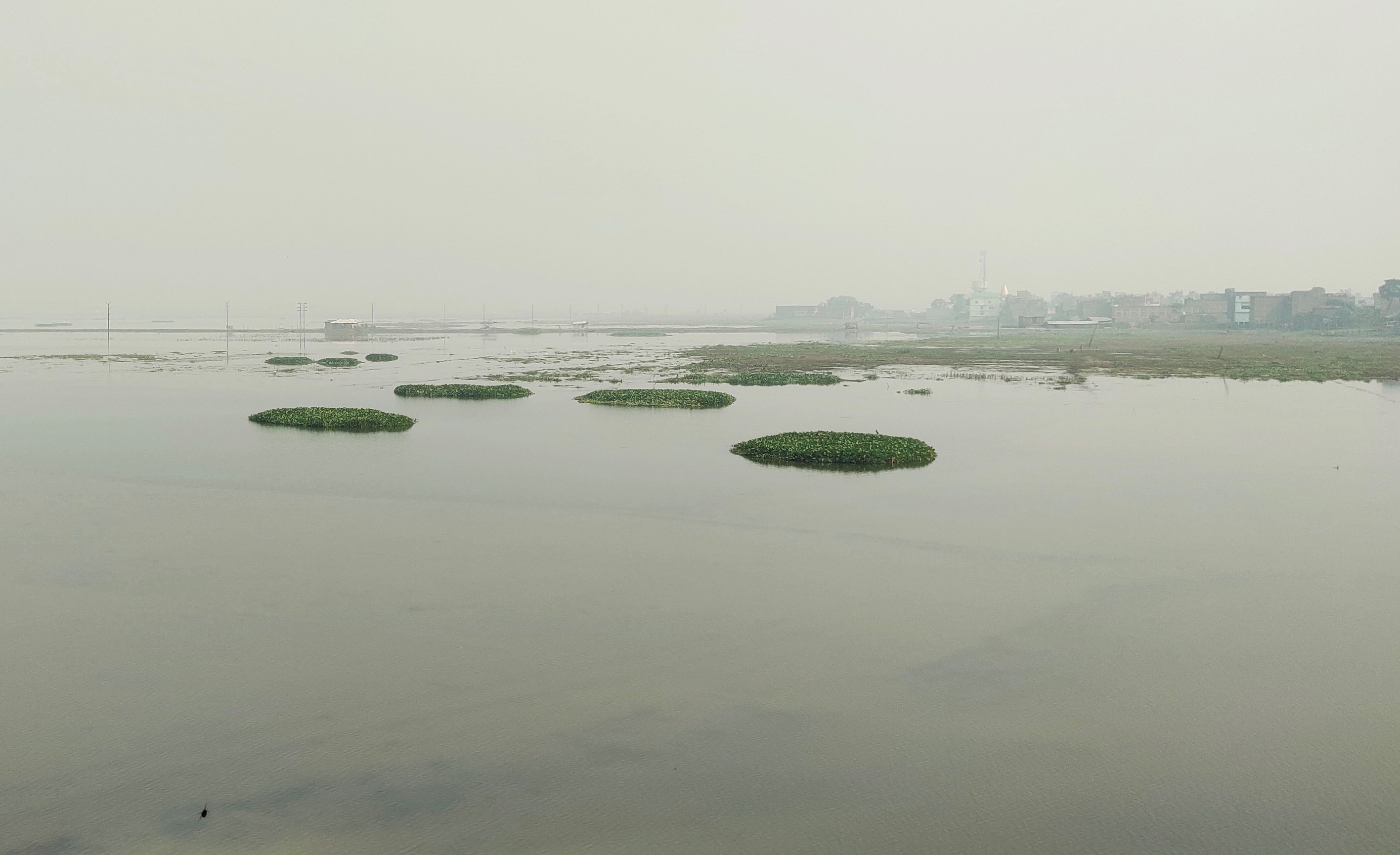
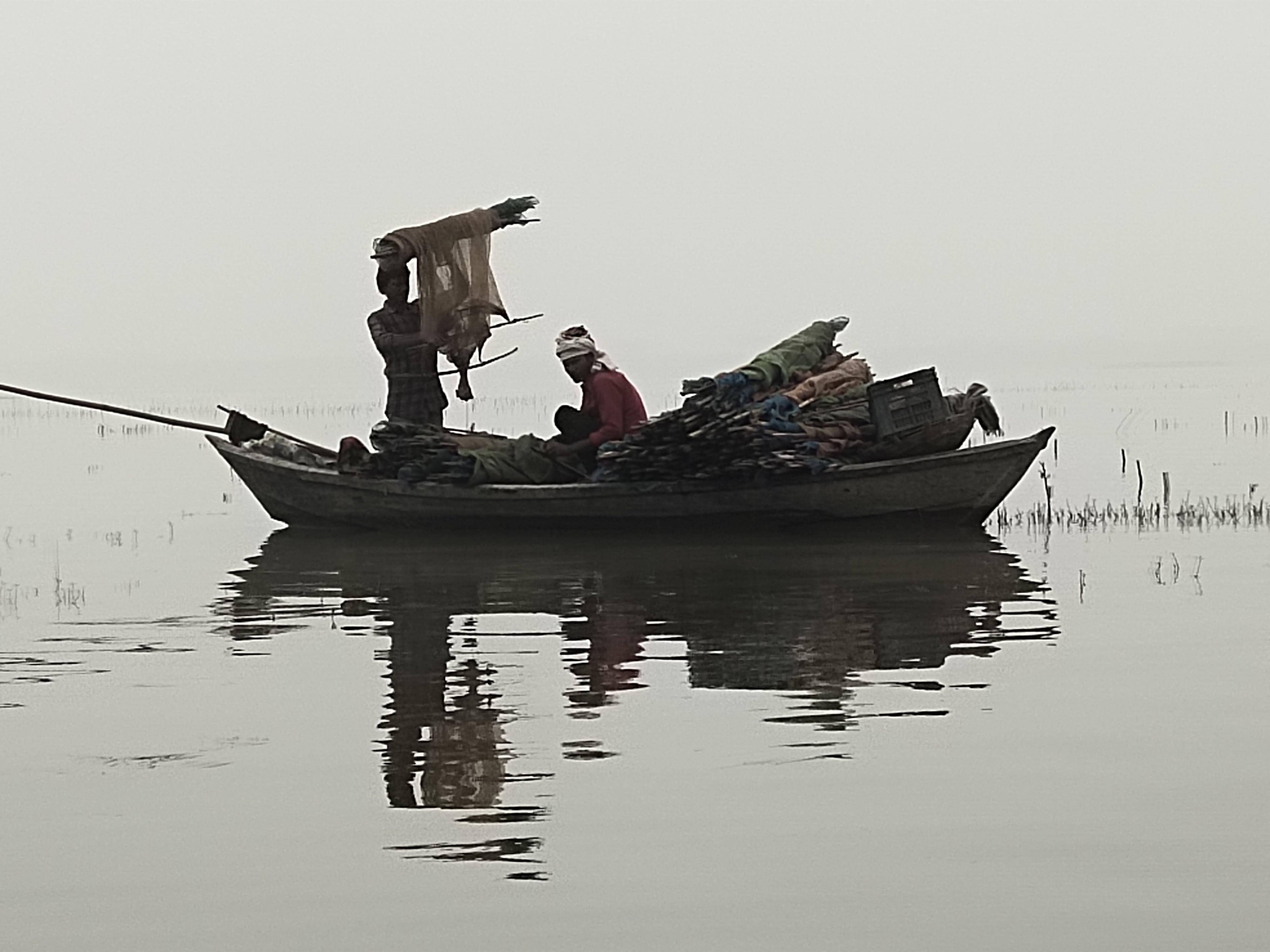
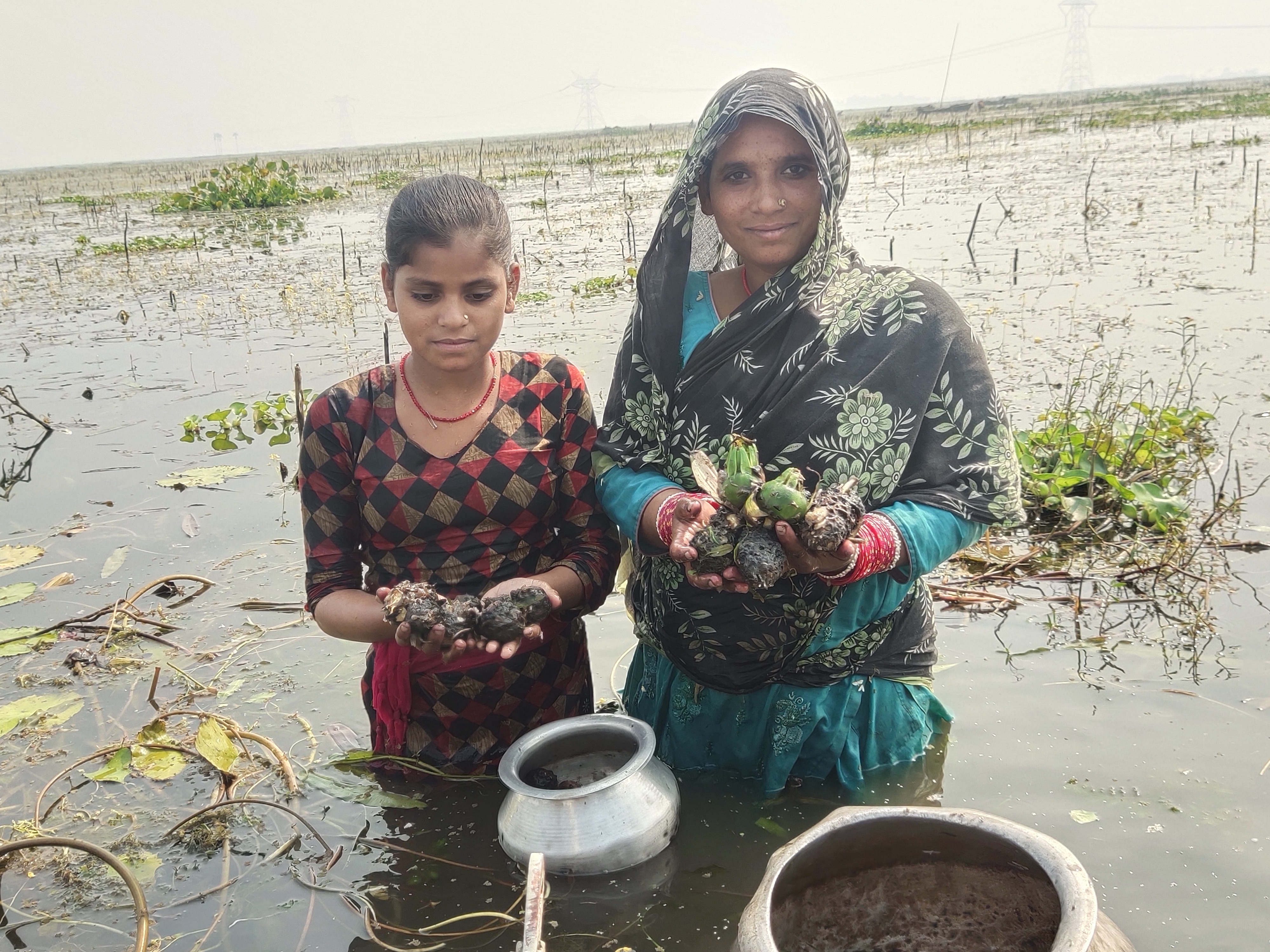
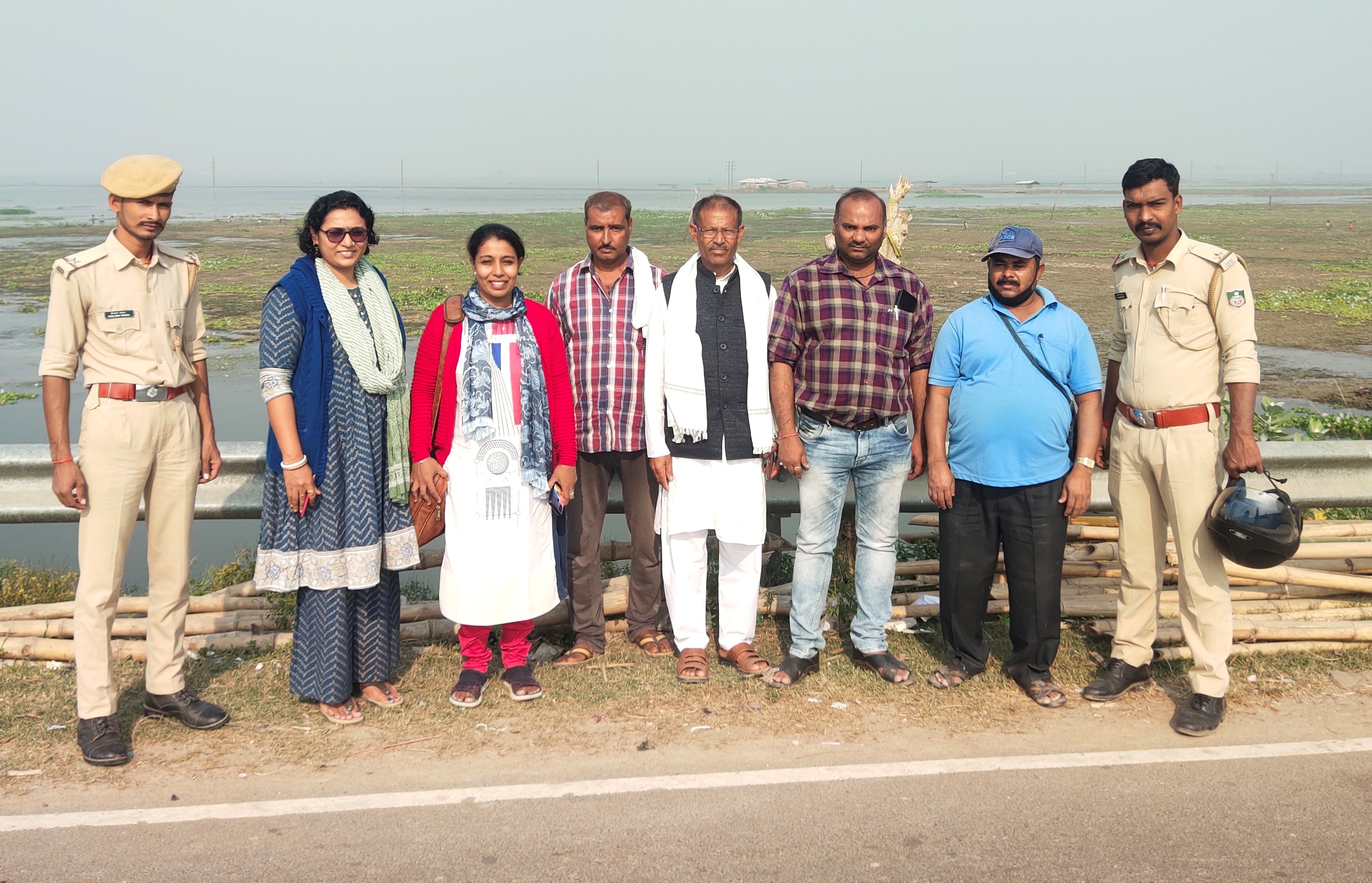
Updated on 14/12/2021










